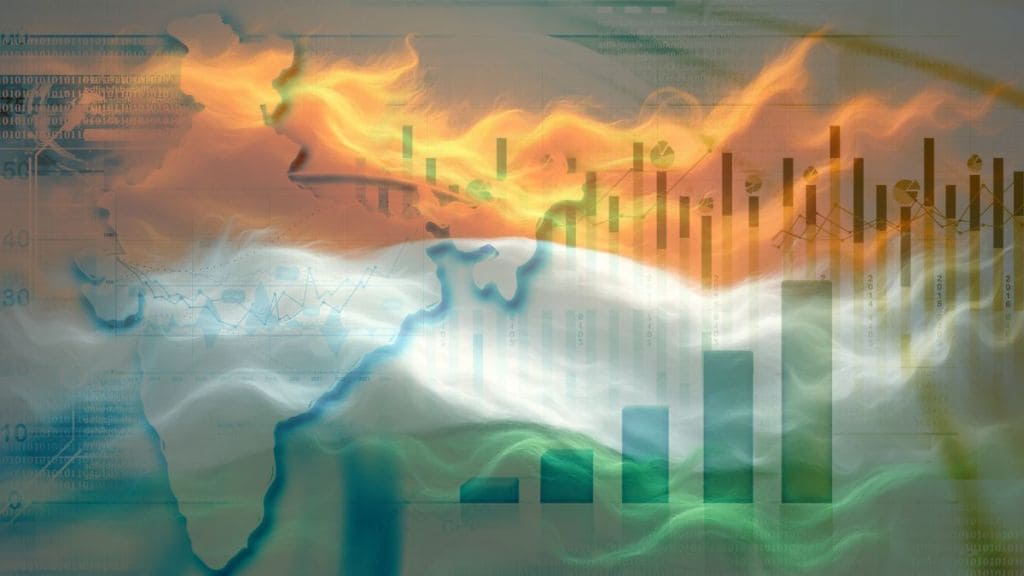India’s growth outlook for 2025-26 remains strong, supported by domestic demand, favourable monsoon conditions, lower inflation, monetary easing, and the positive effects of goods and services tax (GST) reforms, the finance ministry said in a report on Monday.
Nevertheless, global uncertainties warrant caution and will continue to affect external demand, presenting downside risks to the growth outlook, it said.
“The lower GST rate is expected to support a positive demand outlook by reducing the tax burden on consumers and businesses, stimulating consumption and investment across sectors and boosting employment generation in the economy,” the ministry said in its latest monthly economic report.
It said demand conditions across rural and urban India strengthened with the implementation of the GST reforms and the festive season, coinciding with industry reports signalling robust growth in sales, particularly in sectors such as automobiles.
On the supply side, the manufacturing and services sectors expanded healthily. Taking into account the higher-than-anticipated growth in Q1FY26 and steady upward trends visible in Q2FY26, India’s growth forecasts for FY26 have been upgraded.
The International Monetary Fund (IMF) now forecasts India’s GDP growth to be 6.6%, while the Reserve Bank of India’s (RBI) Monetary Policy Committee (MPC) expects GDP to increase by 6.8%, indicating upward revisions of 20 and 30 basis points, respectively.
“Against a global backdrop characterised by economic and trade policy uncertainty, India’s economy gained momentum in Q2FY26. This is particularly significant, as the United States imposed higher tariffs on India in August,” the ministry said.
The US government imposed a 25% additional reciprocal tariff on Indian imports effective August 7, and raised the overall levy to 50%, with a 25% penal tariff linked to oil imports taking effect from August 27, impacting several labour-intensive sectors.
Meanwhile, India’s trade performance remains robust, with strong services exports effectively offsetting the merchandise trade deficit. Even as trade deal negotiations with the US continue, merchandise trade data for September 2025 presented early evidence of diversification of export destinations.
“Moreover, a strong performance in the industries and services sector, along with a stable labour market, will further enhance domestic demand,” the ministry said.
Nevertheless, global uncertainties warrant caution and will continue to affect external demand, presenting downside risks to the growth outlook, it said.
The implementation of various growth-enhancing structural reforms and government initiatives is expected to mitigate some of the negative impacts of these external challenges, it added.
The GST Council approved the proposals in its 56th meeting, and rate changes took effect from September 22 (Navaratri) to benefit consumers ahead of the festive season.
GST rate structure simplified from four slabs (5%, 12%, 18%, 28%) to two slabs (5% and 18%), with 40% reserved for ultra-luxury/sin goods.


